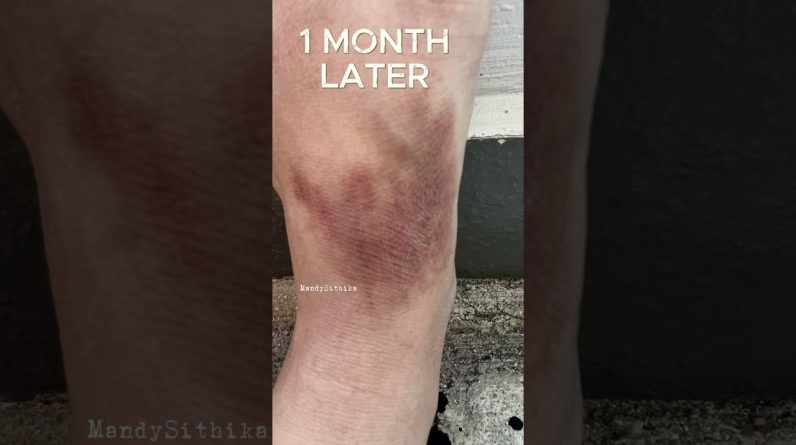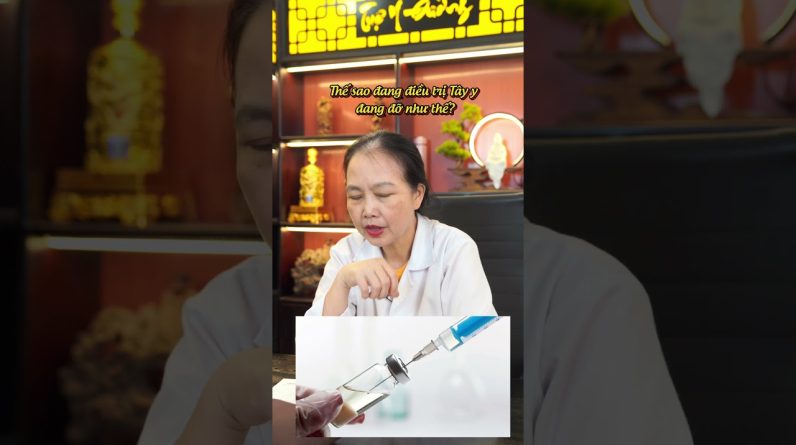Psoriasis is a common skin condition that is caused by the build up of extra skin cells on the surface of your skin.
This skin condition is persistent and chronic. If you have psoriasis, your symptoms may alternate between getting better and getting worse.
You can determine if you have this skin condition by recognizing the symptoms of psoriasis and by getting a physical exam done by your doctor.
If you are diagnosed with psoriasis, you should learn your treatment options so you can manage this skin condition. Here’s the symptoms of psoriasis.
1. Look for red patches of skin that appear scaly.
You should look for any red patches of skin on your body, including your genitals and the inside of your mouth.
The red patches may look like they are covered with silvery scales and may only appear in a few spots on your body or in large areas on your body.
If you notice these symptoms, you may have a type of psoriasis called plaque psoriasis. This is the most common form of psoriasis.
You should also check along your hairline for red, itchy areas that have silvery-white scales. This is often a symptom of scalp psoriasis.
You may also notice that you have flakes of dead skin in your hair or on your shoulder, especially after you have scratched at your scalp.
2. Check if you have small, water-drop shaped sores on your body. This is a symptom of guttate psoriasis, which often affects young adults and children.
The small, water-drop-shaped sores may appear on your arms, legs, scalp, and torso. The sores may be covered by a fine scale and may appear thin against your skin.
This type of psoriasis can be triggered by a bacterial infection like strep throat.
3. Look for smooth patches of inflamed skin. You should look for smooth patches of inflamed skin on your armpits, your groin, under your breasts, and around your genitals.
This is a symptom of inverse psoriasis. This type of psoriasis often gets worse due to friction and sweating. This type of psoriasis is often triggered by fungal infections.
You can contract a fungal infection through contact with someone who has a fungal infection or through exposure to the infection in public showers, locker rooms, and pools.
4. Examine your hands, feet, and fingertips for blisters. The blister may appear to be filled with pus and the skin around the blisters may appear red and tender.
These are symptoms of pustular psoriasis, a less common form of psoriasis. If you have this type of psoriasis, you may also experience fever, chills, diarrhea, and severe itching.
5. Check to see if your nails are thickened, pitted, or ridged. These are symptoms of nail psoriasis. If you have this type of psoriasis, you may also notice your nails are discolored and growing abnormally.
Your nails may also become loose and separate from the nail bed, or it may crumble.
6. Note if your joints feel swollen or stiff. These could be symptoms of psoriatic arthritis. You may also have inflamed, scaly skin, and pitted, discolored nails.
Your joints may feel very painful. Over time, this type of psoriasis
can cause stiffness and joint damage.
Your symptoms may vary depending on if you have mild or severe psoriatic arthritis. But psoriatic arthritis can affect any joint.
7. Determine if your symptoms flare up every few weeks or months. Most types of psoriasis will flare up for a few weeks or months and then go into remission.
You may notice your symptoms appearing in cycles, with a flare up and then a remission, where your symptoms subside for a time.
You may keep a journal of your symptoms to track how often your psoriasis flares up. You may also note when or if your psoriasis is in remission in your journal.
If you feel your symptoms continue to flare up and then subside on a consistent basis, you likely have a form of psoriasis and should be examined by your doctor to confirm your diagnosis.
Disclaimer: This Article and Images are belong to Wikihow.com
We use this Material Under Creative Common license.
Wikihow content is free to reuse under creative commons lisence.
Disclaimer: This Channel is only for Educational and Informational Purpose And the Information Contained on this Channel is also For Educational Purpose. We are not Liable of any Side effect and Harm to Your Body after using Our Remedies. So always Consult it with Your Doctor Before Use.
source








